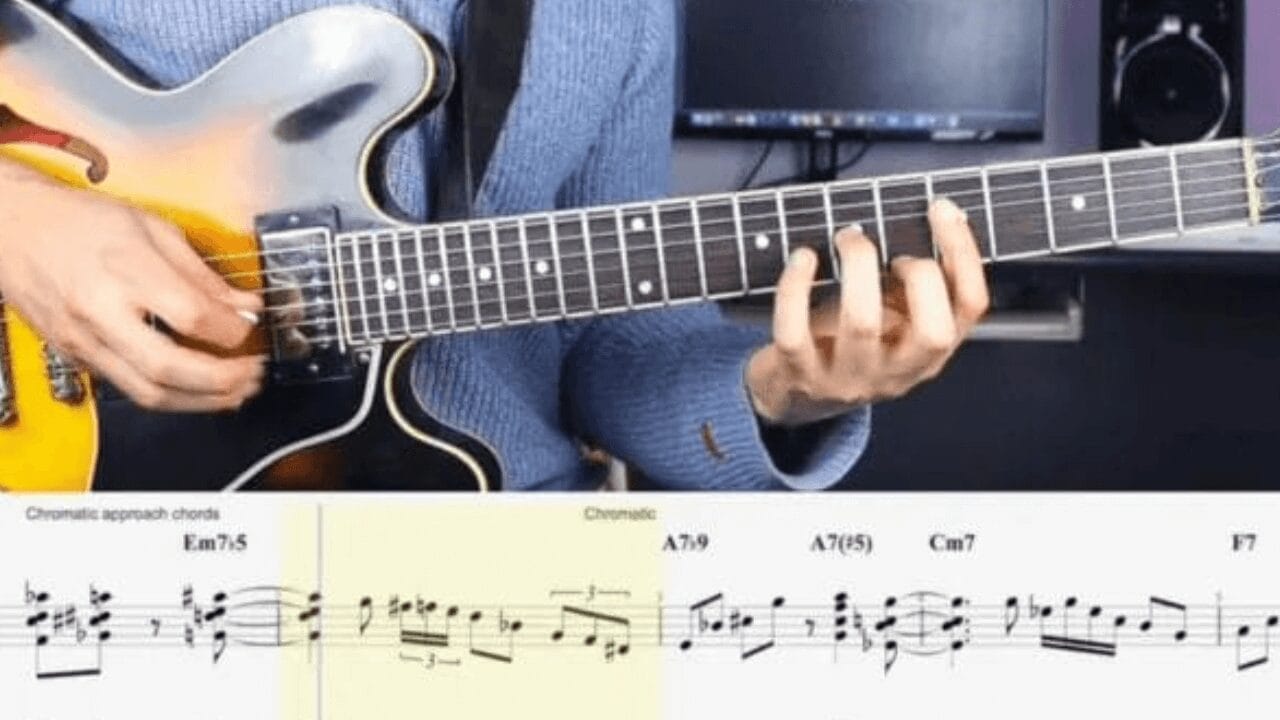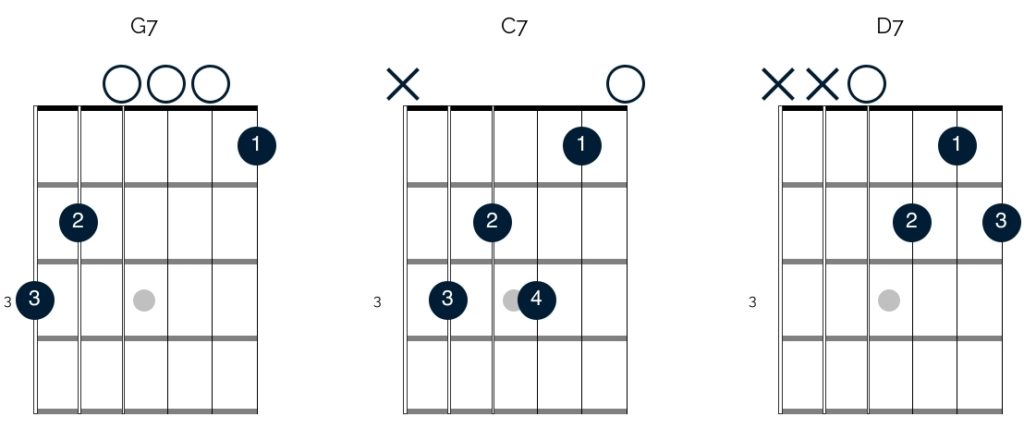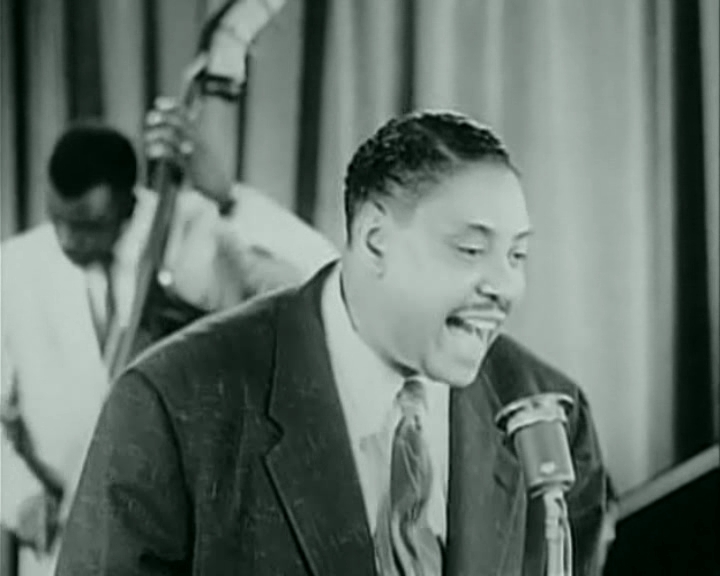Step right up, ladies and gentlemen, and prepare to have your minds blown as we delve into the masterful world of the 12-bar blues progression. It’s like unlocking the secret to the universe, only with a lot more soulful guitar riffs and toe-tapping rhythms. So grab your instruments, strap on your dancing shoes, and get ready to rock your way to bluesy bliss!
Contents
structure-of-the-12-bar-blues-progression”>Understanding the Structure of the 12-Bar Blues Progression
The 12-bar blues progression is like the accountant of music – always keeping things in order and making sure everything adds up just right. It’s the backbone of countless blues songs, giving them that familiar, toe-tapping rhythm that we all know and love. So, let’s dive into the nitty-gritty of this musical structure and uncover its secrets!
At its core, the 12-bar blues progression is made up of – you guessed it - 12 bars! Each bar typically contains four beats, and the whole progression is played over three sets of four bars each. This creates a sense of musical symmetry that is as satisfying as a perfectly balanced spreadsheet. It’s like music’s way of saying, ”Hey, I can be structured and funky at the same time!”
Within those 12 bars, there are three primary chords that form the foundation of the progression. These chords are often referred to as the I, IV, and V chords. They’re like the three best friends that always have each other’s backs, creating a harmonic relationship that is as strong as a locked Excel formula. When played in the right sequence, these chords create a musical journey that takes listeners on a ride through the emotional landscape of the blues.
So, the next time you find yourself bobbing your head to a bluesy tune, take a moment to appreciate the genius of the 12-bar blues progression. It’s not just a series of chord changes – it’s a carefully crafted musical roadmap that guides both musicians and listeners on a soulful journey. And like any good accountant, it always knows how to balance the books – or in this case, the beats!

The Role of Chords in Crafting a Classic Blues Sound
When it comes to creating a classic blues sound, chords play a pivotal role in setting the mood and capturing the essence of the genre. Without the right chords, your bluesy tunes might fall flat faster than a pancake on a hot griddle. So, let’s dig into the nitty-gritty of how chords can make or break your blues masterpiece.
First and foremost, **the 12-bar blues progression** is like the bread and butter of the blues world. It’s the foundation upon which many blues songs are built, and it’s essential for capturing that soulful, melancholic vibe that blues fans know and love. With its three chords – the I, IV, and V – the 12-bar blues is like a musical recipe that never fails to satisfy.
But don’t stop at just the basic chords – **seventh chords** are where the magic happens. Adding that extra layer of tension and depth, seventh chords can take your blues sound from meh to mesmerizing in seconds flat. Whether it’s a dominant seventh or a minor seventh, these chords bring a sense of longing and emotion that is quintessentially bluesy.
And let’s not forget about **the power of chord voicings**. By experimenting with different ways of playing the same chords – whether it’s through inversions, extensions, or embellishments – you can add texture and richness to your blues sound. So, don’t be afraid to get creative with your chord voicings and let your inner blues maestro shine!

variations-in-12-bar-blues-sequences”>Navigating Common Variations in 12-Bar Blues Sequences
Have you ever found yourself lost in the vast ocean of 12-bar blues sequences, feeling like each variation is as confusing as finding your way out of a labyrinth? Well, fear not my fellow blues enthusiasts, for I am here to guide you through the treacherous waters of common variations in this beloved musical form!
First and foremost, let’s address the classic I-IV-V progression that serves as the backbone of most 12-bar blues. While this progression is the bread and butter of the blues, don’t be afraid to spice things up with some substitutions. Swap in a II or VI chord for added flavor, or throw in a II-V-I turnaround to keep things exciting.
Another common variation to keep an eye out for is the use of dominant seventh chords. These chords add a rich and bluesy flavor to your progression, so don’t be shy about throwing in a 7 after your I, IV, or V chords. Embrace the grit and growl of the dominant seventh and watch your blues come alive!
And finally, don’t forget about the magic of the minor blues progression. By incorporating minor chords into your 12-bar sequence, you can add a touch of melancholy and mystery to your blues. Experiment with minor I, IV, and V chords, or try out a minor blues scale for an extra dose of emotional depth.

Incorporating Rhythmic Elements for Authentic Blues Expression
Let’s talk about how to spice up your blues playing by incorporating some rhythmic elements that will take your sound to the next level!
One way to add some groove to your blues is to play with syncopation. This means emphasizing off-beats and creating unexpected rhythms that will keep your listeners on their toes. Try experimenting with different accents and placements of notes to keep things interesting.
Another fun trick to try is incorporating some double-stops into your playing. These are when you play two notes at the same time, creating a rich, full sound that will make your guitar sing. Experiment with different double-stop patterns and see how they can add depth to your blues licks.
Don’t forget about the power of rests in creating tension and release in your blues playing. By strategically placing rests in your phrases, you can create a sense of anticipation that will keep your audience hooked. Use rests to build up to powerful moments in your solos and leave your listeners begging for more!

Exploring the Intersection of Melody and Blues Progression Techniques
When it comes to creating music that truly moves the soul, the intersection of melody and blues progression techniques is a magical place to be. It’s like a musical crossroads where the smooth, silky sounds of melody meet the gritty, soulful vibes of blues.
One of the keys to exploring this intersection is understanding the unique characteristics of both melody and blues progression techniques. Melody brings a certain sweetness and lightness to a song, while blues progression adds that soulful depth and emotion. Together, they create a dynamic and captivating sound that is sure to resonate with listeners.
So, how can you harness the power of melody and blues progression in your own music? Here are a few tips to get you started:
- Experiment with blending major and minor keys to create a rich, layered sound.
- Use expressive phrasing and subtle nuances to add depth and emotion to your melodies.
- Play around with different rhythm patterns and chord progressions to keep things interesting and engaging.
By , you can unlock a world of musical possibilities and create music that speaks straight to the heart and soul.
improvisation-within-the-12-bar-blues-framework”>Advanced Tips for Improvisation Within the 12-Bar Blues Framework
So you’ve mastered the basics of improvising within the 12-bar blues framework, and now you’re ready to take your skills to the next level. Here are some advanced tips to help you up your blues game:
- Explore Chromatic Notes: Don’t be afraid to experiment with chromatic notes to add some spicy flavor to your blues solos. Slide into those notes and watch as your audience’s faces light up in surprise and delight.
- Play with Dynamics: Use dynamics to create tension and release in your improvisation. Start off soft and build up to a roaring crescendo before bringing it back down to a whisper. Your listeners won’t know what hit them.
- Incorporate Call and Response: Channel your inner blues greats by incorporating call and response phrases into your solos. Make your guitar sing and wail as if it’s having a conversation with itself.
Remember, the key to great improvisation is to let your emotions guide your playing. Don’t overthink it – feel the music in your soul and let it flow through your fingers. With these advanced tips, you’ll be wowing crowds and melting faces in no time. Keep practicing, keep experimenting, and most importantly, keep having fun with your blues improvisation!
FAQs
Why is mastering the 12-bar blues progression important?
Well, if you want to impress your friends at the next jam session, you better get those blues down pat! Plus, understanding the 12-bar blues progression will give you a solid foundation for creating your own blues tunes.
What are the basic chords used in a 12-bar blues progression?
Get ready to play some sweet tunes with the trusty I, IV, and V chords. In the key of A, that means A, D, and E are your best friends for creating that classic blues sound.
How can I add some flair to my 12-bar blues playing?
Don’t be afraid to get creative with your rhythm and lead playing. Mix in some tasty licks, try out different rhythmic patterns, and don’t forget to add some soulful bends and slides to really make your blues guitar sing.
What are some common variations on the 12-bar blues progression?
Once you’ve got the classic 12-bar blues down, you can start experimenting with different chord substitutions, extended chord progressions, and even adding in some unexpected twists and turns to keep things interesting.
How can I practice and improve my mastery of the 12-bar blues progression?
Repetition is key, my friend. Set aside some dedicated practice time each day to work on your blues playing. Play along with backing tracks, jam with other musicians, and don’t be afraid to make mistakes – that’s how you learn and grow as a musician.
Now Go Jam Your Heart Out!
Congratulations, you’ve now unlocked the secrets to mastering the legendary 12-bar blues progression! So grab your guitar, gather your friends, and hit the stage to unleash your newfound skills. With a little practice and a lot of soul, you’ll be riffing and wailing like a true blues master in no time. So go ahead, crank up the volume, and let the music take you on a wild ride through the heart and soul of the blues. Rock on!



